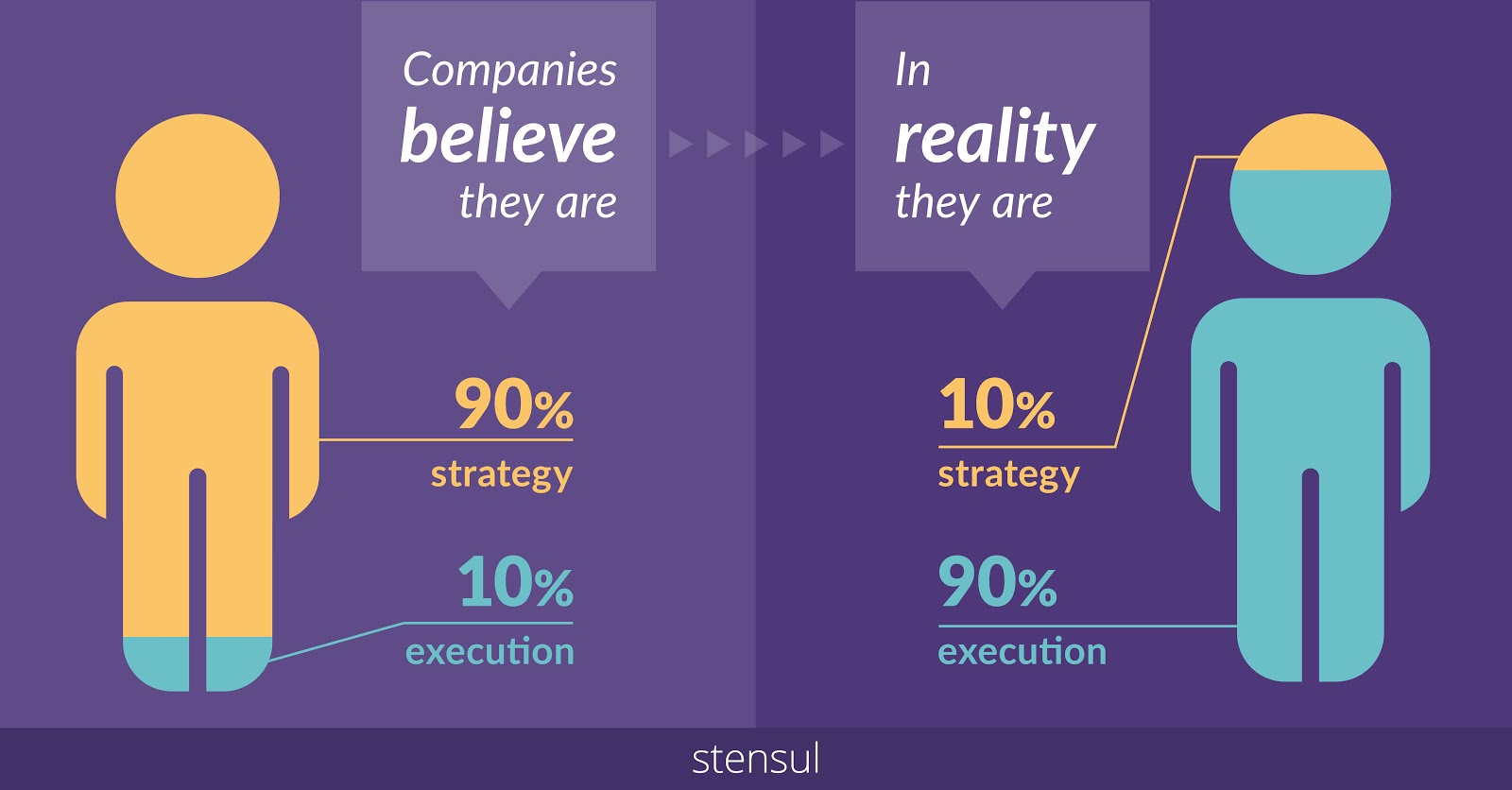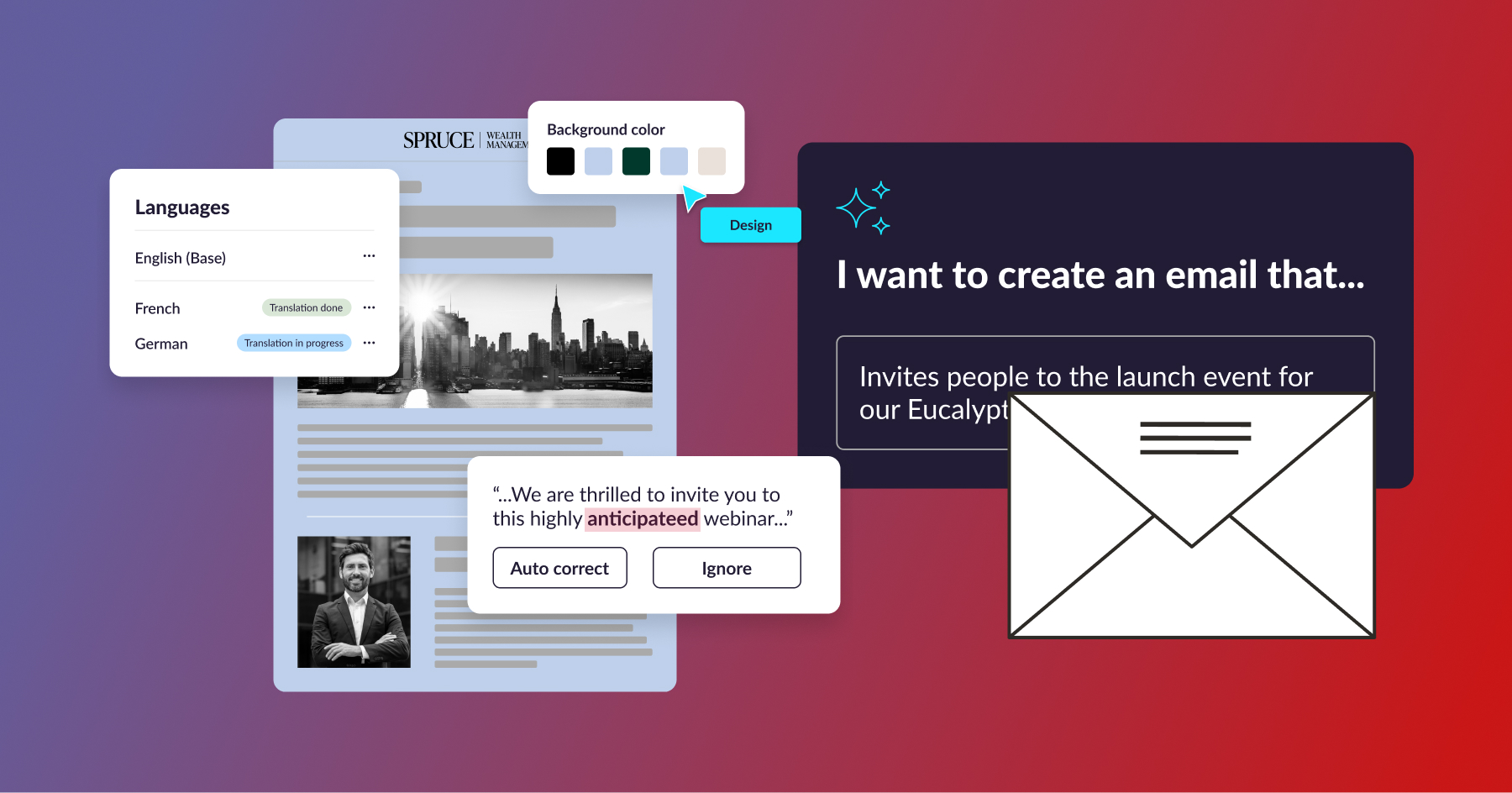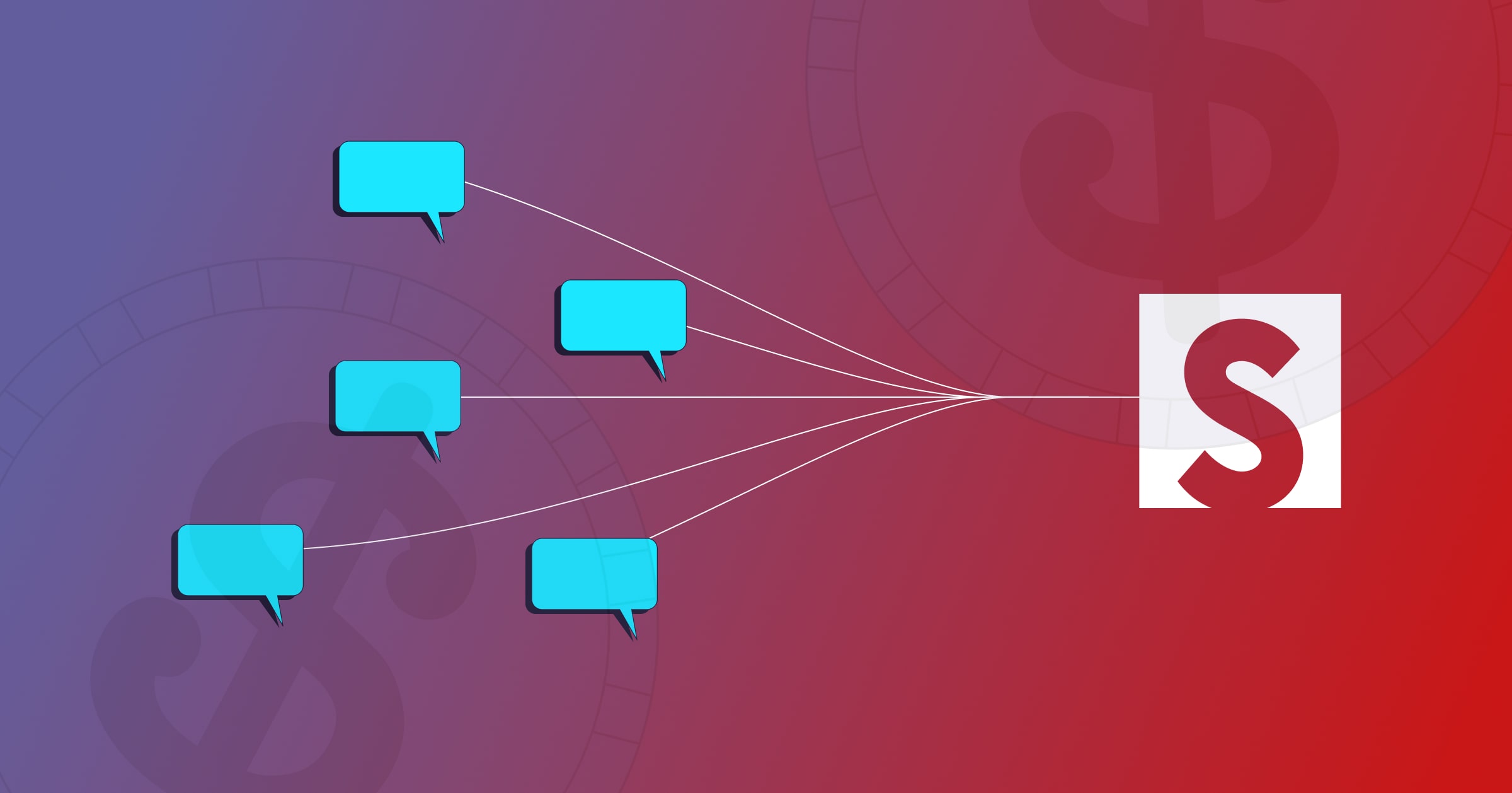The good news these days for marketing leaders and their organizations is that the spotlight is on marketing to be a significant growth driver now and in the years ahead. A recent McKinsey survey states that “83% of global CEOs said they look to marketing to be a major driver for most or all of a company’s growth agenda.” The McKinsey article goes on to highlight the challenge that stands in the way of realizing that growth: “Marketing departments need to be rewired for speed, collaboration, and customer focus. It’s less about changing what marketing does and more about transforming how the work is done.”
And there’s the rub for most global enterprises racing forward to keep pace with the rapid rate of change driven by digital transformation imperatives and world-wide phenomena such as the COVID-19 pandemic. Agile marketing has become a popular topic the past few years, but it’s more important than ever before to make the shift now.
Groups like AgileSherpas have been on the forefront of the agile movement. They recently published their 3rd Annual State of Agile Marketing Report, and as they state at the outset of the report, “marketers still need real, lasting marketing agility.”
What’s holding us back?
Bringing about process change in today’s marketing organizations is a daunting task. The reasons for the slow pace of change are many, but I believe the biggest culprit is the organizational mindset. This mindset takes on several characteristics, such as:
- We think our current processes are good and getting the job done.
- We’ve made changes around processes and newer tools and we feel more productive.
- We’ve tried various agile techniques with marginal results.
- We’ve never done it before, so we can’t do that now.
- We know we have a problem here, but there is just too much work to stop and make changes.
At stensul we see these beliefs constantly when we first engage with clients and their email creation teams. We always ask this question early on in the discovery process to see how the team views their work habits: What percentage of your time is focused on email production vs email strategy efforts? What the team members think vs. the reality presents quite a stark comparison.

Organizations want to believe they are spending much more time on activities that will improve email performance. The ever-increasing demands of the enterprise, however, has the team barely able to get emails out the door on time.
So what is the answer?
The first step every team faces is to admit the reality of their situation and embrace the fact that there is a solution that will bring greater levels of agility into the organization while transforming the overall program. The practical aspects of agile marketing are not difficult to learn and to employ across the team. AgileSherpas is one group that provides proven training and methodologies, and they have many clients, such as Prudential, Genentech, and Wells Fargo, that can speak to the results they have achieved. Like any business process change, shifting to agile marketing requires commitment to the methods and behavioral practices outlined in the AgileSherpas report above.
To achieve the level of speed, collaboration, and customer focus needed for breakthrough results in email marketing and the creation process, a proven methodology is required. Enterprises need to invest in an approach that combines strategy, process, and technology to move up the maturity curve of industry best practices and keep pace with market leaders.
We recently published a whitepaper, entitled The Email Creation Maturity Model, that is focused on how organizations can assess and transform their email marketing program. We wrote this whitepaper because we believe that agile marketing is about shifting the process from mostly production to mostly strategy. To become truly customer-focused, the process has to prioritize improving the customer experience. That means improving the performance of each and every email.
Over the past 5+ years, we have learned a lot about what makes email creation teams tick. How they have established their teams, their processes, and their supporting tools to get the job done. We have worked with hundreds of brands with some of the most demanding requirements to maintain brand and compliance standards globally. We believe that agility is perhaps the most important goal for enterprises to prioritize to remain competitive.
To learn more about how we help organizations move up the maturity curve, here are some resources for you to read and watch:
The Email Creation Maturity Model whitepaper
Webinar: The Email Creation Maturity Model:
Maturity Model Blog Series: Part 1 – Why should I read this whitepaper?
Maturity Model Blog Series: Part 2 – Phase 1 Defined

